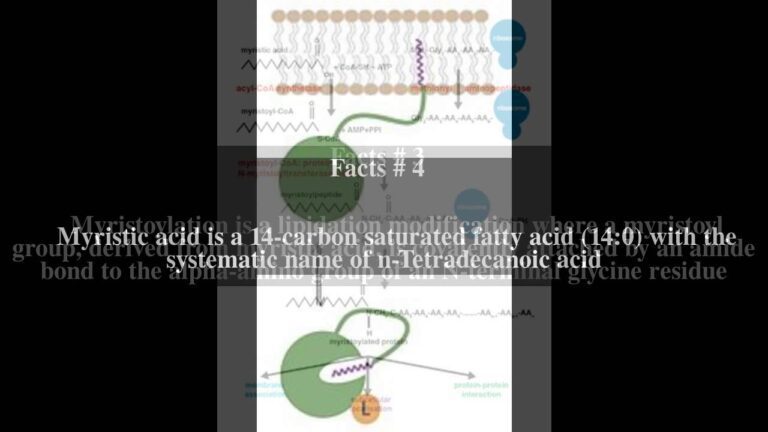What Are Glucosides And How Do They Benefit Your Health?
Today, we are going to delve deeper into the world of glucosides. This group of organic compounds has been the topic of many scientific studies in recent years, and for good reason – they have shown promising therapeutic effects in a variety of medical conditions. So let’s explore what exactly a glucoside is, how it works, and what benefits it may offer.
To simply put, a glucoside is a compound that is made up of a sugar molecule, usually glucose, and another non-sugar molecule. The non-sugar molecule is known as the aglycone, and it can vary greatly in structure, which in turn determines the properties of the glucoside.
One of the most well known and widely used glucosides is salicin, which can be found in the bark of willow trees. When ingested, it is metabolized into salicylic acid, the active ingredient in aspirin. Similarly, digitoxin is a glucoside that is derived from the foxglove plant and is used to treat heart conditions. These examples highlight the potential of glucosides as a source of medicines.
Glucosides work by being absorbed into the bloodstream, where they can reach their target cells and initiate specific biological processes. Their effectiveness depends on the aglycone’s chemical structure and the method of administration.
One form of glucoside is the “prodrug,” wherein the aglycone molecule is bound to a sugar molecule to increase its solubility and bioavailability. Prodrugs are often used to improve the absorption rate of a particular compound, which can lead to more efficient delivery of the drug to its target site.
Now that we have a basic understanding of glucosides and how they work, let’s explore some of the potential benefits they offer. One area of research has highlighted their use in cancer treatment. Some aglycones have been shown to inhibit certain enzymes that are responsible for the growth and proliferation of cancer cells. Additionally, the presence of sugar molecules on the glucoside may help it to selectively target cancer cells, potentially reducing the side effects of treatment.
Another potential benefit of glucosides is their use in the treatment of neurological disorders. Certain aglycones have been shown to improve cognitive function and memory retention. Additionally, the anti-inflammatory properties of glucosides may help to reduce the risk of neurodegenerative diseases such as Alzheimer’s.
Finally, glucosides have also been investigated for their anti-inflammatory and antioxidant properties. Inflammation is a major contributor to many chronic diseases, and glucosides have been found to inhibit the production of inflammatory molecules. Meanwhile, the antioxidant properties of glucosides can help to reduce oxidative stress, which can cause tissue damage and contribute to disease.
In conclusion, glucosides are a fascinating class of compounds with a wide range of potential applications in medicine. While further research is needed to fully understand their capabilities, they offer promising possibilities in the treatment of cancer, neurological disorders, inflammation, and more. It is clear that there is much to discover about this unique group of compounds, and scientists worldwide continue to explore the exciting possibilities they offer.
Most searched products:
Does Sephora Support Israel? Answering Your Questions
The Explosive Reaction: Sodium Hydroxide and Hydrochloric Acid
Benefits of Using Glycolic Acid for Dandruff Treatment
Capsaicin Cream Boots
The Ultimate Guide to The Ordinary Alpha Arbutin 2% + HA for Flawless Skin
Niod Fecc: Unveiling the Science Behind this Revolutionary Skincare Ingredient
Top Body Shop Hair Care Products for Healthier and Glossier Hair
Unlock the Secrets to Glowing Skin with These Natural Skin Moisturizers
Discovering the Origins of Original Skin: Unveiling the Secrets of Radiant Beauty
Top 10 Highly Effective Skincare Products for Psoriasis Relief











